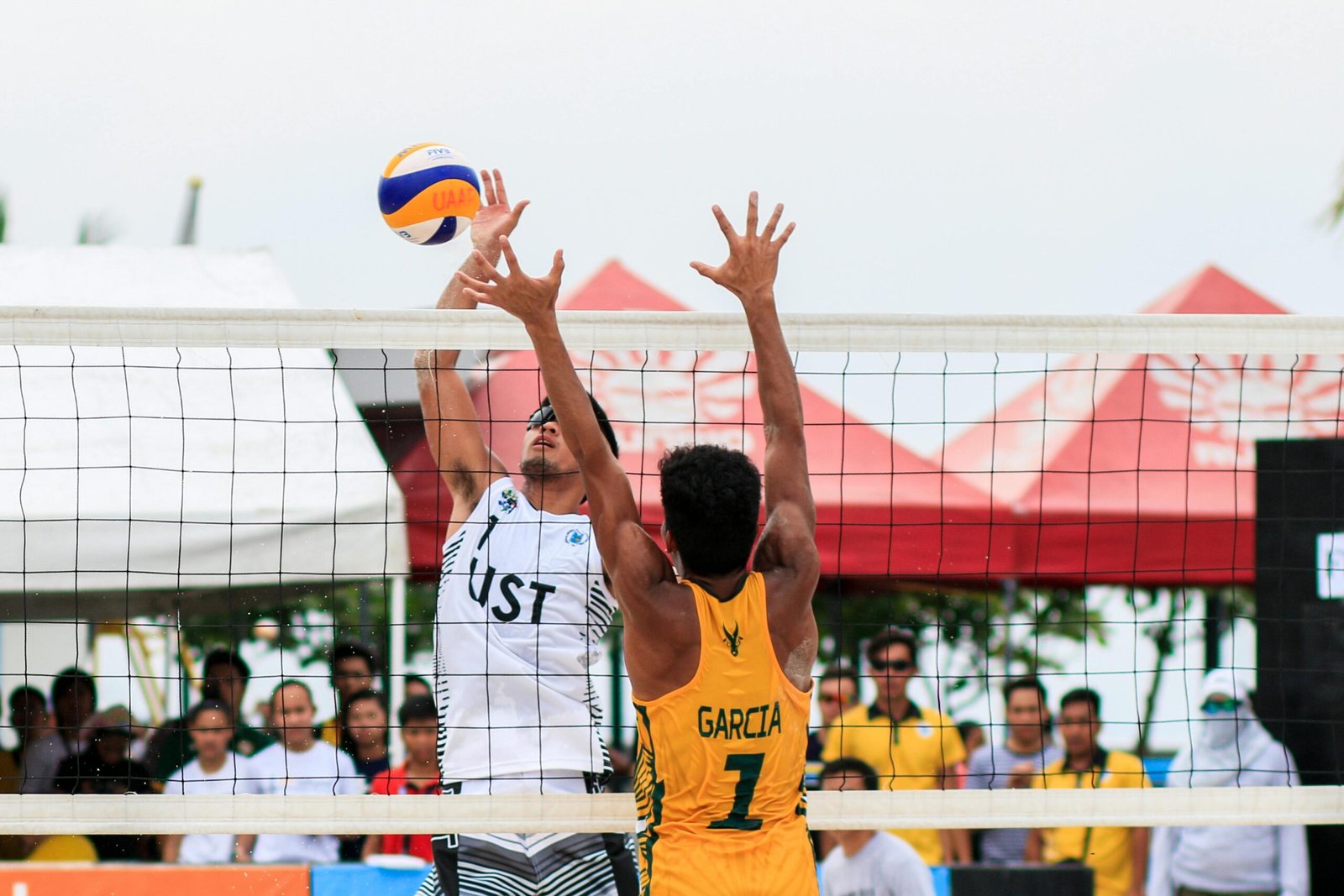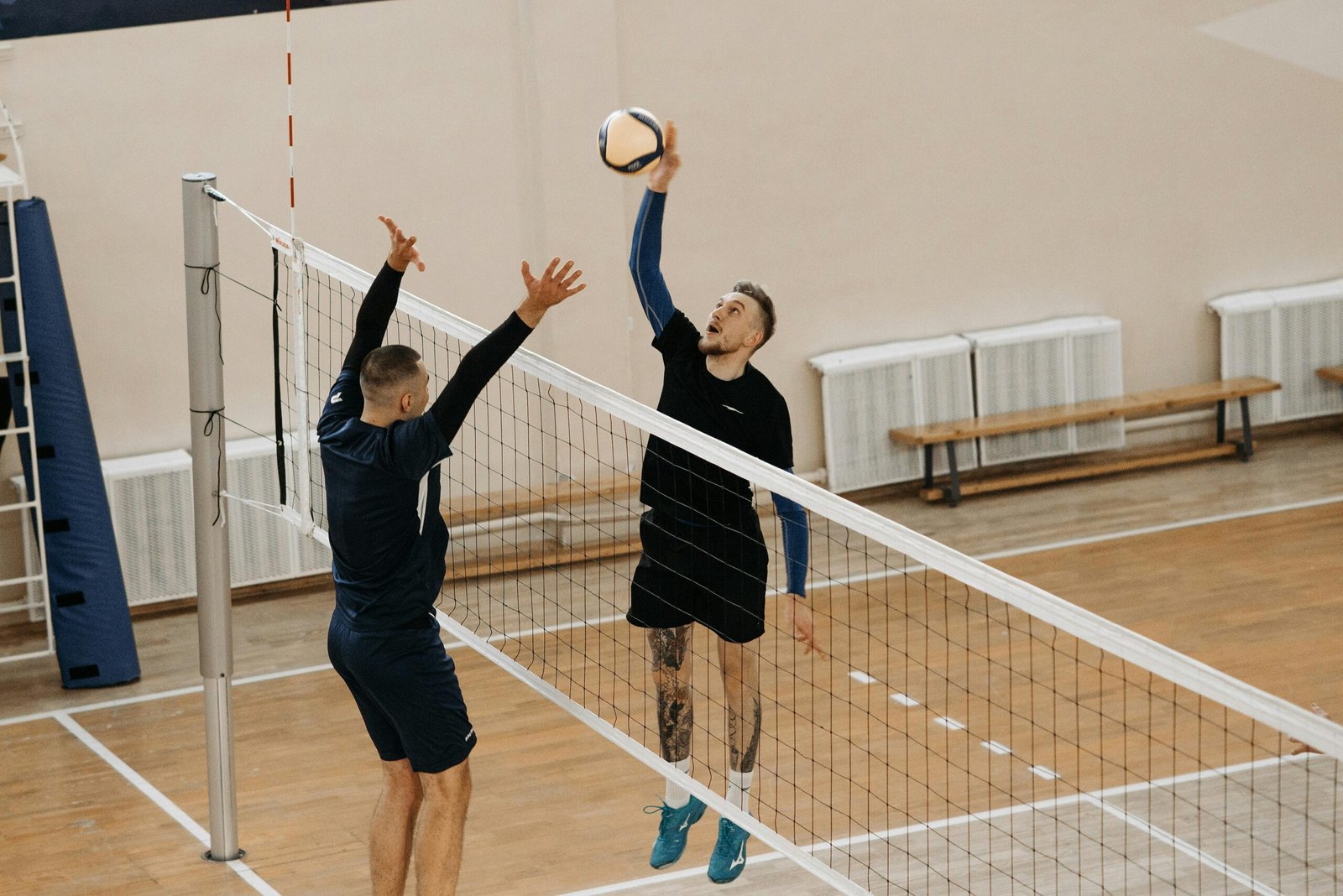The wing spiker, also known as the outside hitter, is one of the most important positions on a volleyball team. They are often the primary attackers and also play vital roles in passing and defence. Excelling as a wing spiker requires a blend of power, technique, and consistency.
This comprehensive guide covers the wing spiker’s responsibilities, essential skills, and practical tips to help you become a dominant force on the court.
What is a Wing Spiker?
The wing spiker attacks from the left side of the court and is usually responsible for a large portion of the team’s offensive plays. They also play a crucial role in serve receive and back-row defence.
Key Responsibilities of a Wing Spiker
- Attacking: Deliver powerful and accurate spikes from the front and back row.
- Serve Receive: Contribute to passing the opponent’s serve accurately to the setter.
- Blocking: Assist in blocking the opponent’s right-side hitter and middle attacks.
- Defence: Play back-row defence by digging opponent attacks.
- Communication: Coordinate with teammates for effective court coverage.
Essential Skills for Wing Spikers
1. Powerful and Consistent Hitting
- Develop a strong approach with explosive footwork.
- Perfect your arm swing technique for maximum power.
- Learn to vary your shots—line, cross-court, tips, and roll shots.
- Work on timing to connect with the setter’s sets at the highest point.
2. Effective Passing
- Master the forearm pass (bump) for serve receive.
- Position yourself well to cover the court and anticipate serves.
- Communicate with teammates to avoid confusion.
3. Blocking Skills
- Time your jumps to meet the attacker at the net.
- Use hand positioning to seal off hitting angles.
- Read the setter and hitter to predict attack direction.
4. Defensive Agility
- Develop quick reflexes for digging hard-driven balls.
- Maintain a low, balanced stance ready to move in any direction.
- Use proper technique to control and direct digs accurately.
5. Stamina and Endurance
Wing spikers cover a lot of ground during a match, transitioning rapidly between offence and defence. High stamina allows sustained performance throughout long rallies.
Training Tips for Wing Spikers
Improve Jumping Ability
- Incorporate plyometric exercises such as box jumps, squat jumps, and calf raises.
- Work on leg strength with squats and lunges.
- Practice approach steps and timing drills regularly.
Enhance Arm Swing Technique
- Use video analysis to refine your arm swing and approach.
- Drill hitting various types of sets to develop versatility.
- Work with a coach or partner to provide feedback.
Develop Passing Accuracy
- Practice serve receive with different types of serves (float, topspin, jump serve).
- Participate in passing drills focusing on consistency and communication.
- Improve your platform (forearms) technique for better control.
Work on Blocking
- Drill footwork for quick lateral movement along the net.
- Practice timing jumps and hand positioning with blockers and setters.
- Study opponent hitters to anticipate attacks.
Build Defensive Skills
- Practice digging with reaction drills and partner hitting.
- Use wall drills to improve reflexes.
- Incorporate core strengthening for stability during digs.
Common Mistakes to Avoid
- Poor timing on approach and jump reduces hitting effectiveness.
- Overcommitting on blocking can leave gaps in defence.
- Neglecting serve receive responsibilities can weaken team play.
- Lack of communication leads to misplays and confusion.
- Not maintaining conditioning, resulting in fatigue during matches.
Mental Tips for Wing Spikers
- Stay confident, even after mistakes.
- Visualise successful attacks and defensive plays.
- Remain focused during long rallies and matches.
- Encourage teammates and maintain a positive attitude.
Equipment Recommendations
- Wear volleyball shoes with excellent traction and lateral support for quick movements.
- Use knee pads to protect against impact during dives and falls.
- Consider wrist supports if you have a history of injuries.
How Wing Spikers Impact Team Success
Wing spikers often carry the scoring load and contribute significantly to defence and serve receive. Their ability to consistently perform multiple roles makes them invaluable to any volleyball team. A skilled wing spiker can shift momentum and inspire teammates with powerful attacks and solid defensive plays.
Final Thoughts
Becoming a successful wing spiker takes dedication to mastering a wide range of skills, from explosive hitting to precise passing and solid defence. Focused training, smart game awareness, and strong teamwork will help you become a dominant player and key contributor to your team’s success.



